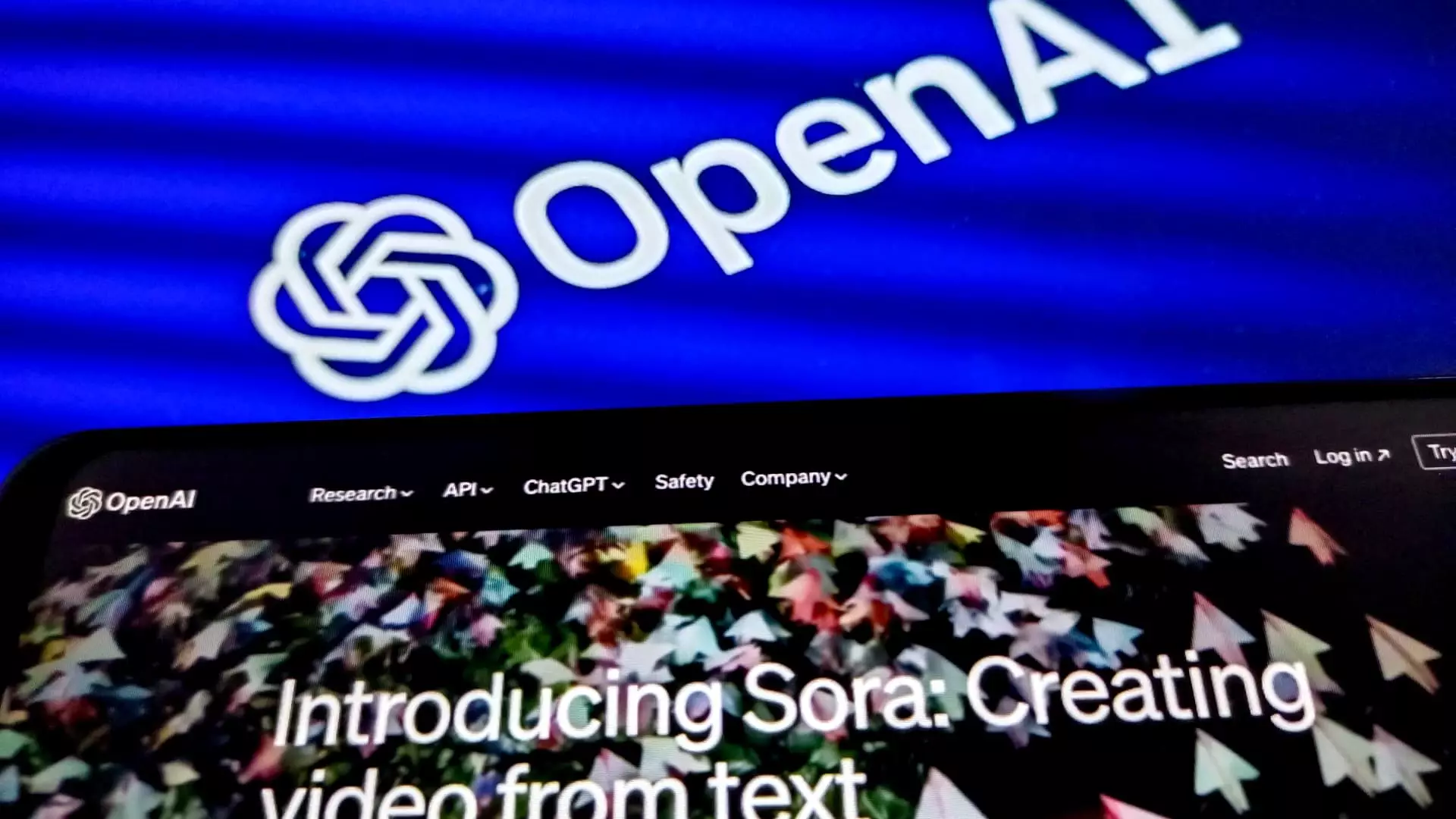In recent weeks, OpenAI has found itself at a crossroads, marked by significant leadership departures that have raised eyebrows among its investors and the broader tech community. As the artificial intelligence startup gears up for a substantial funding round, OpenAI’s Chief Financial Officer, Sarah Friar, has stepped forward to reassure stakeholders of the company’s resilience and continued ambition despite these challenges. This article explores the implications of these departures, OpenAI’s funding prospects, and the broader context of the AI landscape.
One of the most significant departures is that of Mira Murati, the Chief Technology Officer, whose influence on OpenAI’s technological direction over her six-year tenure has been substantial. Her exit, coupled with the departures of notable research figures like Bob McGrew and Barret Zoph, brings forth a wave of uncertainty regarding the company’s strategic direction. In an email shared with investors, Friar emphasized that while transitions can be unsettling, they also present opportunities for new leadership to emerge. By heralding the strength of OpenAI’s remaining team, she aims to instill confidence in stakeholders.
The reality, however, is that talent attrition in any high-stakes tech environment can jeopardize a company’s innovative capabilities. Murati’s prior experience includes a stint as interim CEO, positioning her as a key figure during a turbulent phase for OpenAI when Sam Altman was briefly ousted. Changes in leadership often lead to shifts in company culture and strategic focus, which can be detrimental if not managed effectively.
Despite the shakeup, OpenAI appears to be in a strong financial position, with plans to close a $6.5 billion funding round that could elevate its valuation to approximately $150 billion. This funding, led by Thrive Capital, signals robust investor interest and highlights the company’s potential for long-term growth. Friar’s outreach to investors is also indicative of her commitment to maintaining transparency and reinforcing trust. In her communication, she emphasized the company’s ongoing focus on building sustainable revenue models, which is critical in the competitive AI market.
The company is not just focusing on immediate funding; it is also laying the groundwork for future innovation. With a plan to introduce investors to key leaders in research and product development, OpenAI seeks to showcase its commitment to continued advancement in AI technologies. This proactive approach could alleviate fears that might arise from the recent executive departures by emphasizing the remaining leadership’s capabilities.
The competitive landscape of the AI sector is rapidly evolving, making OpenAI’s current challenges more pronounced. The loss of co-founders and top executives to rival companies such as Anthropic does not bode well for recruitment and retention in a market where skilled AI professionals are at a premium. Companies like Anthropic are emerging with their own unique visions for AI, intensifying competition and potentially constraining OpenAI’s talent pool.
In light of these developments, the appointment of Mark Chen as the new senior vice president of research could be pivotal. The fresh perspective could aid in redefining the company’s approach to innovation. OpenAI must ensure that its remaining leaders, like Kevin Weil and Srinivas Narayanan, are empowered to drive progress and adapt to shifting market demands.
As OpenAI embarks on the next chapter in its development, the trajectory of the company will hinge on how effectively it harnesses its remaining talent and addresses investor concerns. Altman, in an all-hands meeting, rebutted rumors about substantial equity stakes, indicating an internal focus on equitable growth. This transparency is vital, as investor confidence can heavily influence the company’s market position and continued access to funding.
As we move forward, it is clear that OpenAI’s ability to navigate these leadership transitions while maintaining its innovative edge will be crucial. The AI sector is marked not only by technological advancements but also by the critical human element that drives them. Thus, how OpenAI manages its internal dynamics amid the external pressures of the competitive landscape will ultimately determine its success in an increasingly crowded field. The road ahead may be fraught with challenges, but strategic adaptability could position OpenAI as a continued leader in the AI revolution.

